MENU
crossed words
entradas con palabra clave: cine | volver
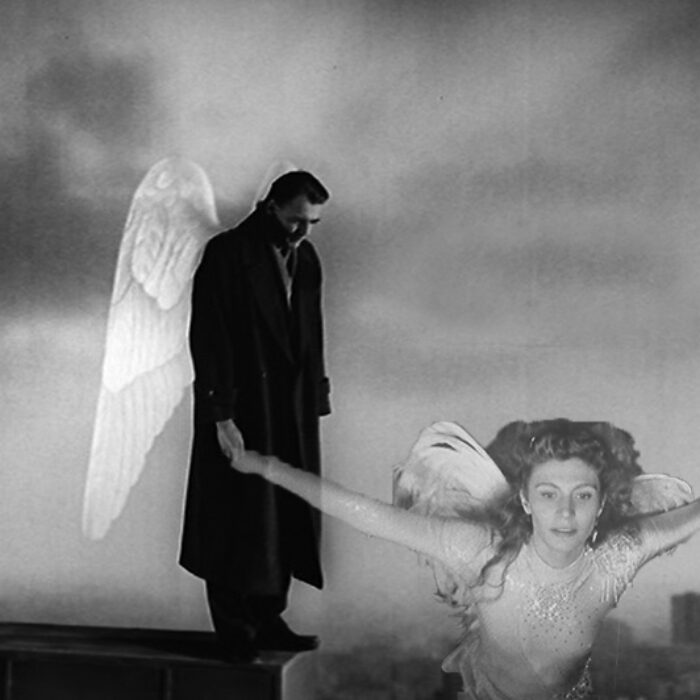
La representación del límite en El cielo sobre Berlín de Wim Wenders

Diccionario analógico. Cine y arquitectura.

Magritte. Words, images, cinema and architecture

Absolutely on Music. Conversations.

Georges de La Tour in Tous les matins du monde

The false return: archeographies of Elevator to the Gallows.
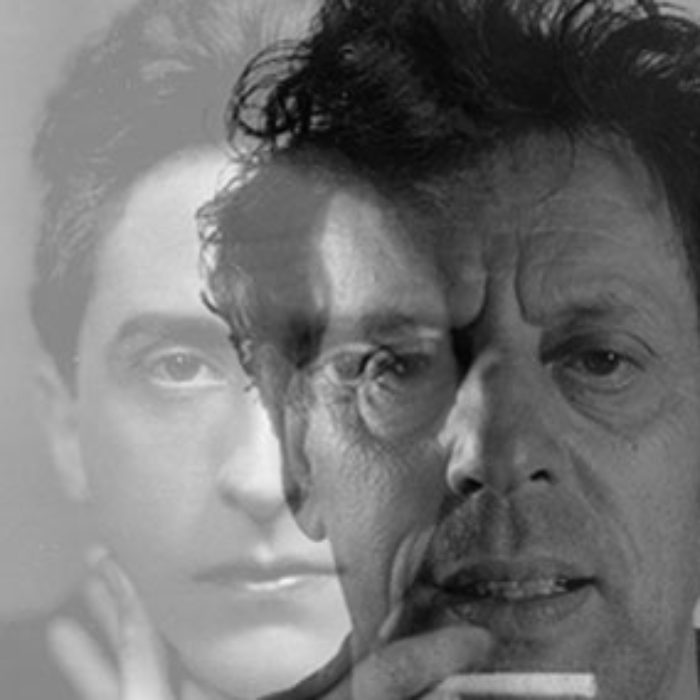
Philip Glass y Jean Cocteau. Opera and cinema

Godard in the Villa Malaparte

Ozu’s House
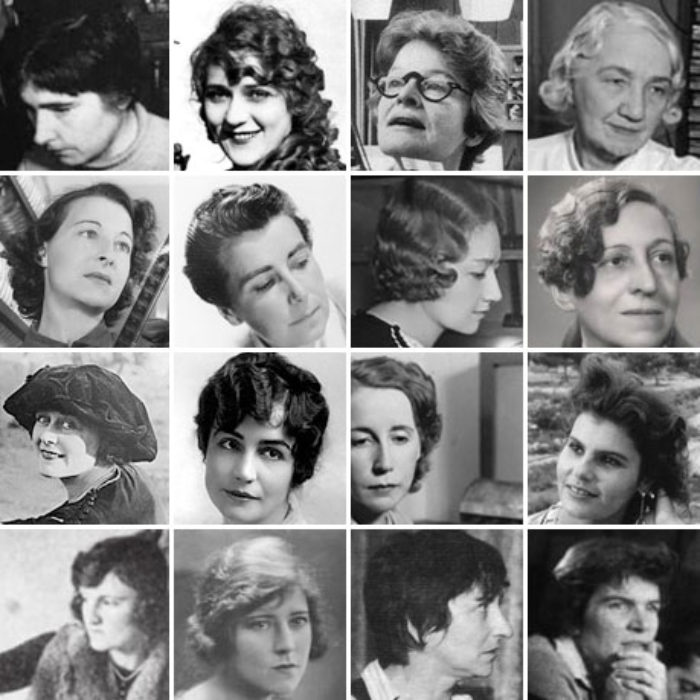
Cinema female pionners

The single look. An architect thinks the cinema

Cinema and Architecture. Extracts.

movie posters & no-movie posters

JackBackPack_Ruptura Silenciosa

Cinema inside cinema

The seduction of the Long take
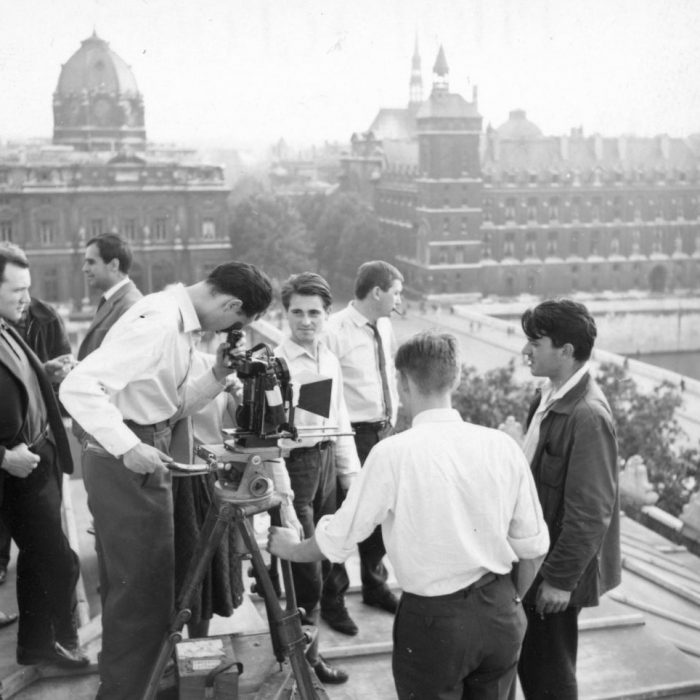
The false city. Urban space acting
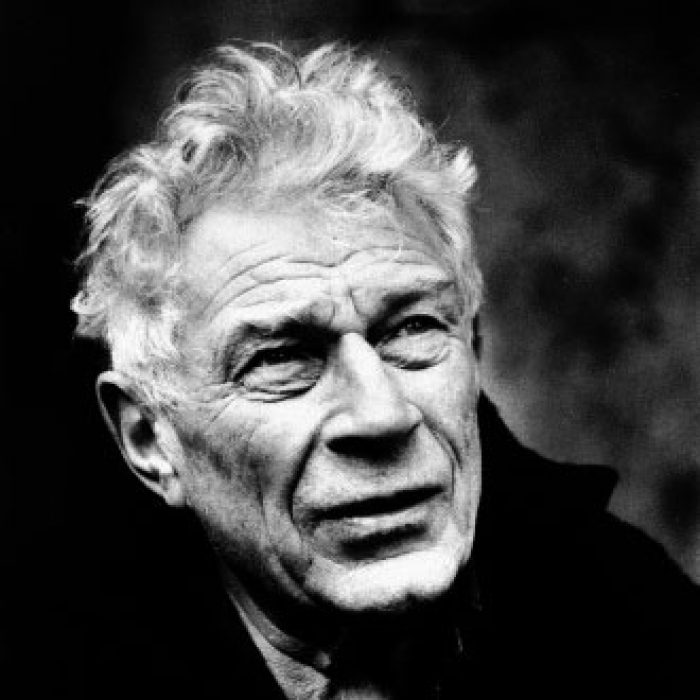
Understanding a Photograph (1972)

Jeanne Moreau and Miles Davis. An unforgettable night.
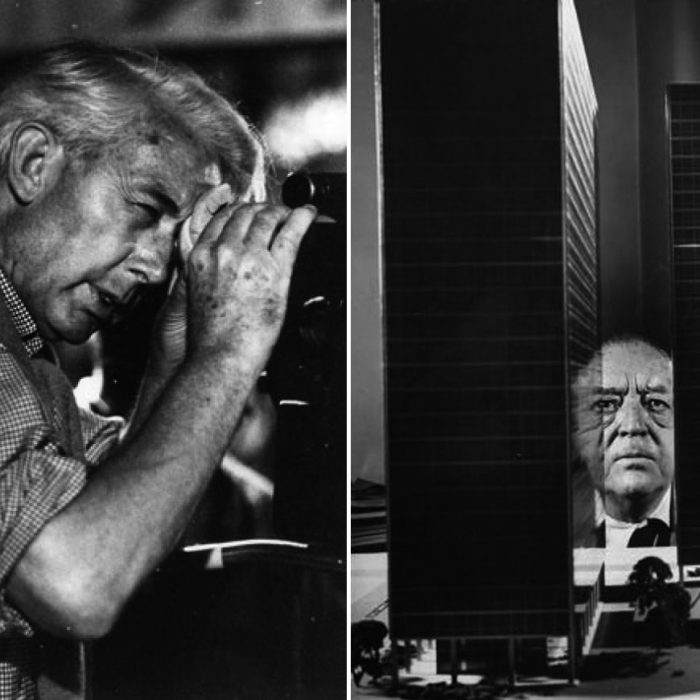
Cinema and Architecture
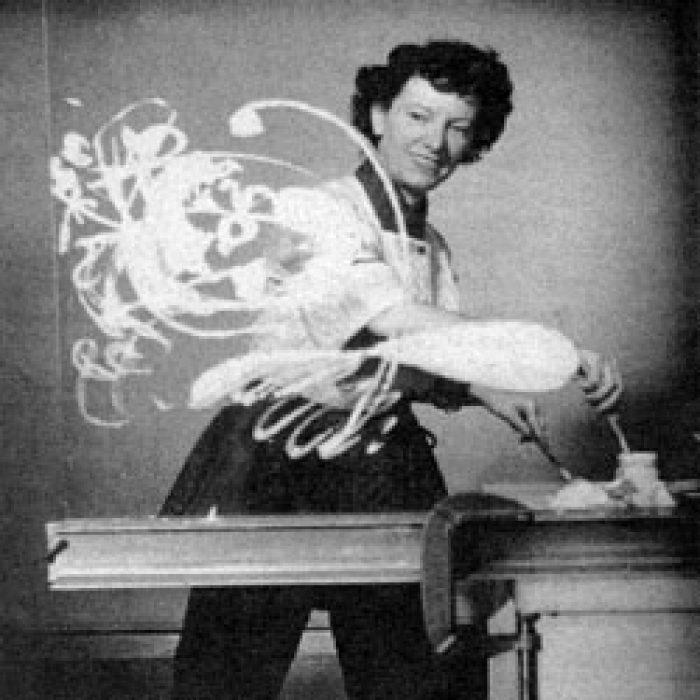
Mary Ellen Bute

Richard Neutra and Josef von Sternberg
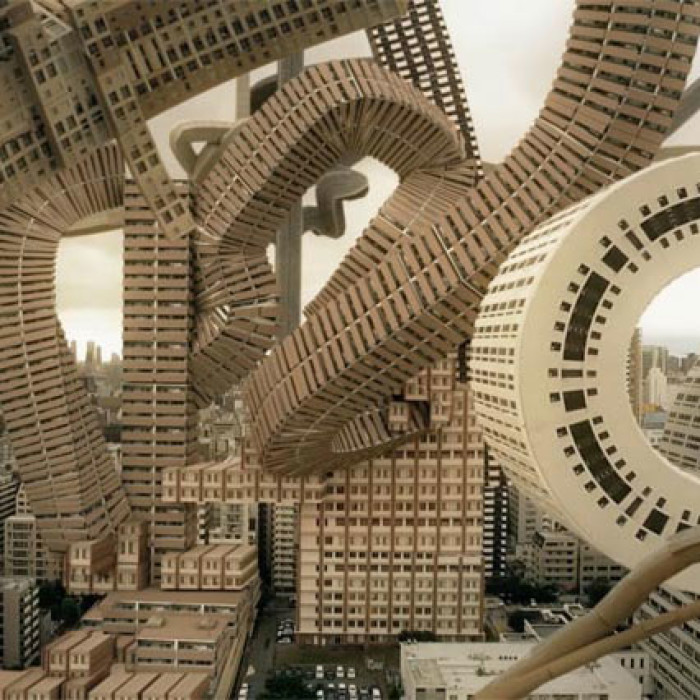
Spatial Bodies (2016)

Theory of the film (1945)

Guido Crepax: Valentina’s architect

Federico Babina: Archidirector

Amalienburg’s seduction
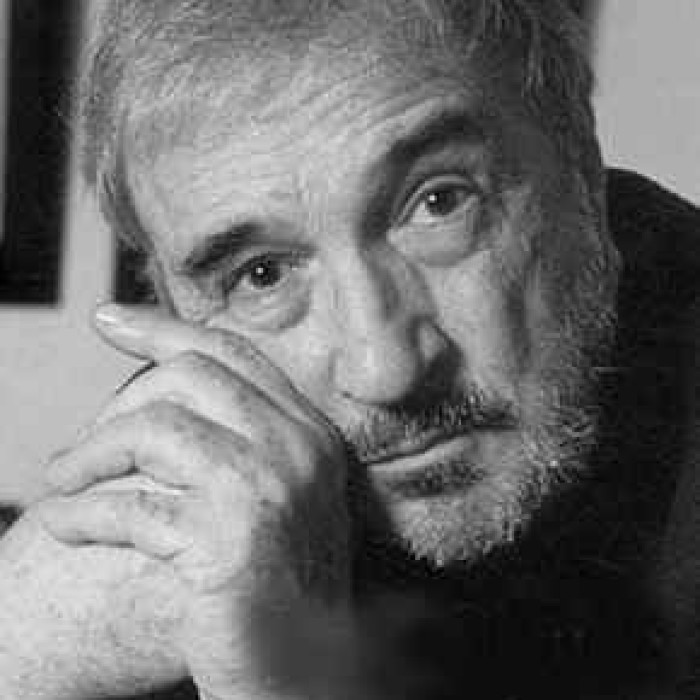
The secret language of film (1994)

The architect Stanley Kubrick. Frank Alexander house.

AVANCA 2016 FILM FESTIVAL
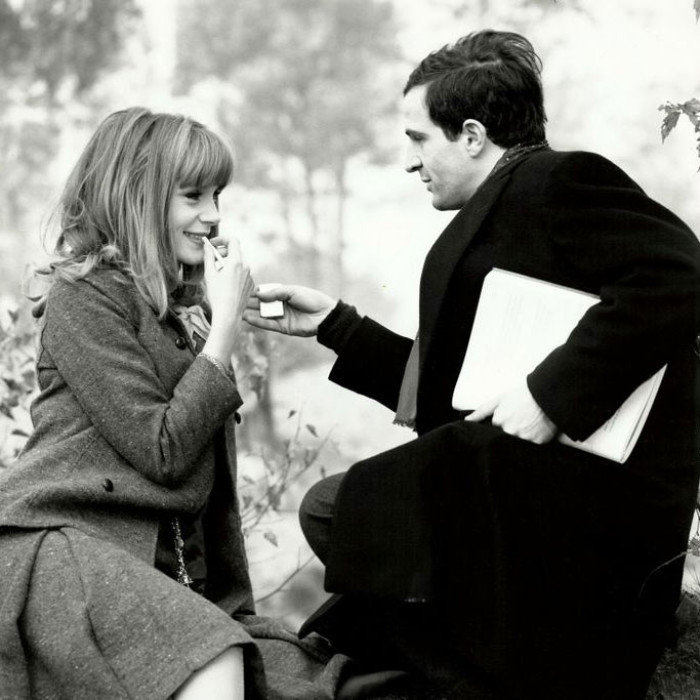
François Truffaut In Lisbon. La Peau Douce (1964)

Jean Cocteau in Les Carrières de Lumières


Taris, roi de l’eau

Esprit de vérité

Ascenseur pour l’échafaud: the film and the novel
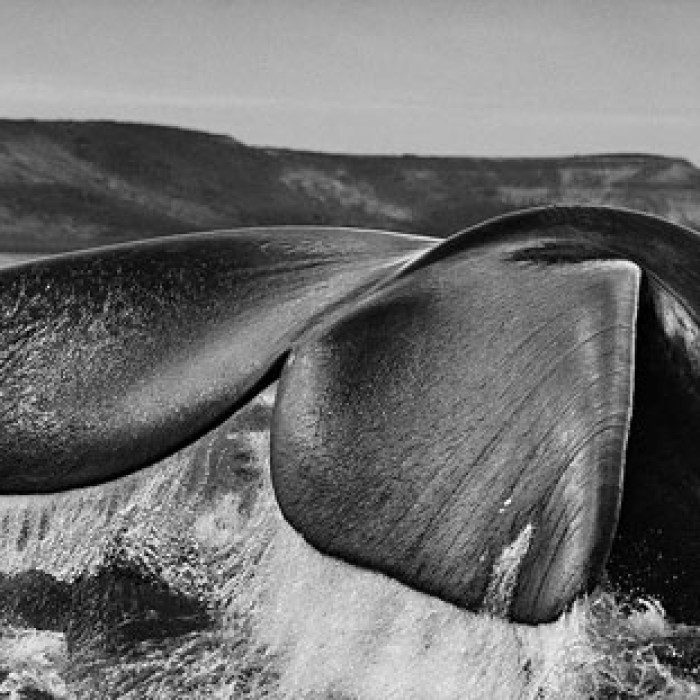
The salt of the earth.


